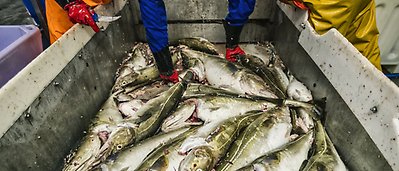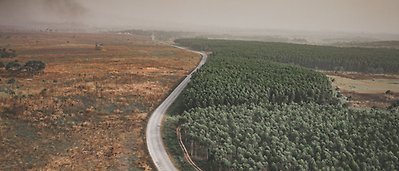Regrowing forests contribution to law compliance and carbon storage in private properties of the Brazilian Amazon
Summary
The viability of the climate pledges made by Brazil at the COP21 in Paris, 2015, heavily depends on the success of the country policies related to forest governance. Particularly, there are high expectations that the enforcement of the Brazilian Forest Code (BFC) will drive large-scale forest recovery and carbon mitigation. In this study, we quantified the potential role that ongoing forest regeneration may play in offsetting deficits from private properties with less vegetation cover than determined by the BFC, considering different law implementation settings. Focusing on the Amazon Biome, we overlaid property level data from a mandatory registry (≈ 250,000 properties) onto land cover maps to quantify on-site forest deficit offsets by ongoing forest recovery. Similarly, we estimated the share of regrowing forests in private properties potentially eligible for off-site deficit compensation (i.e. via market-based forest certificates trade). Regrowing forests could reduce, on-site, 3.2 Mha of forests deficits, decreasing non-compliance from private properties by 35%. Likewise, forest certificates availability increased by 3.4 Mha when we included regrowing forests in the calculations. This means an increase in the forest certificate offer-demand ratio from 0.9 to 2.0. On the one hand, trading certificates issued from recovering forests may represent a low-cost strategy for compliance with the BFC, a pathway for achieving restoration targets, and an additional source of income for landholders. To meet this potential, it is necessary to better conceptualize second-growth forests, advancing the poor definitions presented by the BFC, and offer an operational basis for their protection. On the other hand, including regrowing forests’ certificates in compensation schemes may further restrain the potential of the trading mechanism for conservation of unprotected old-growth forests and lead to positive net carbon emissions. We highlight that the BFC implementation must be carefully regulated to maximize synergies between compliance and forest resources conservation and enhancement.






